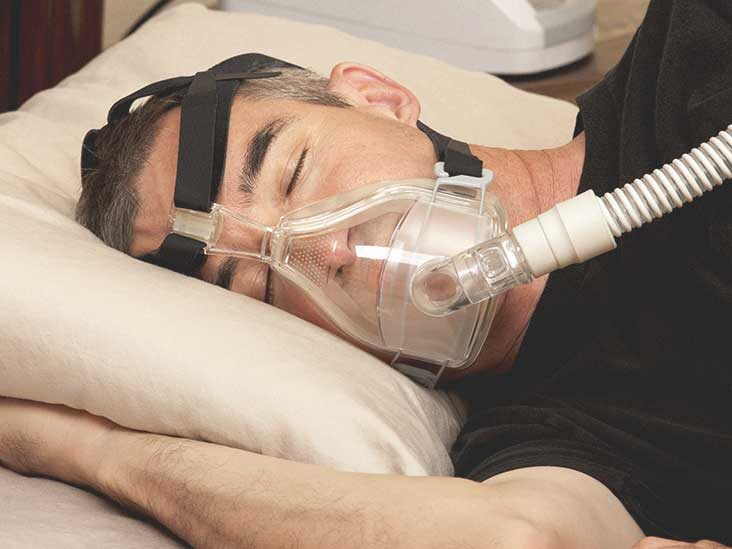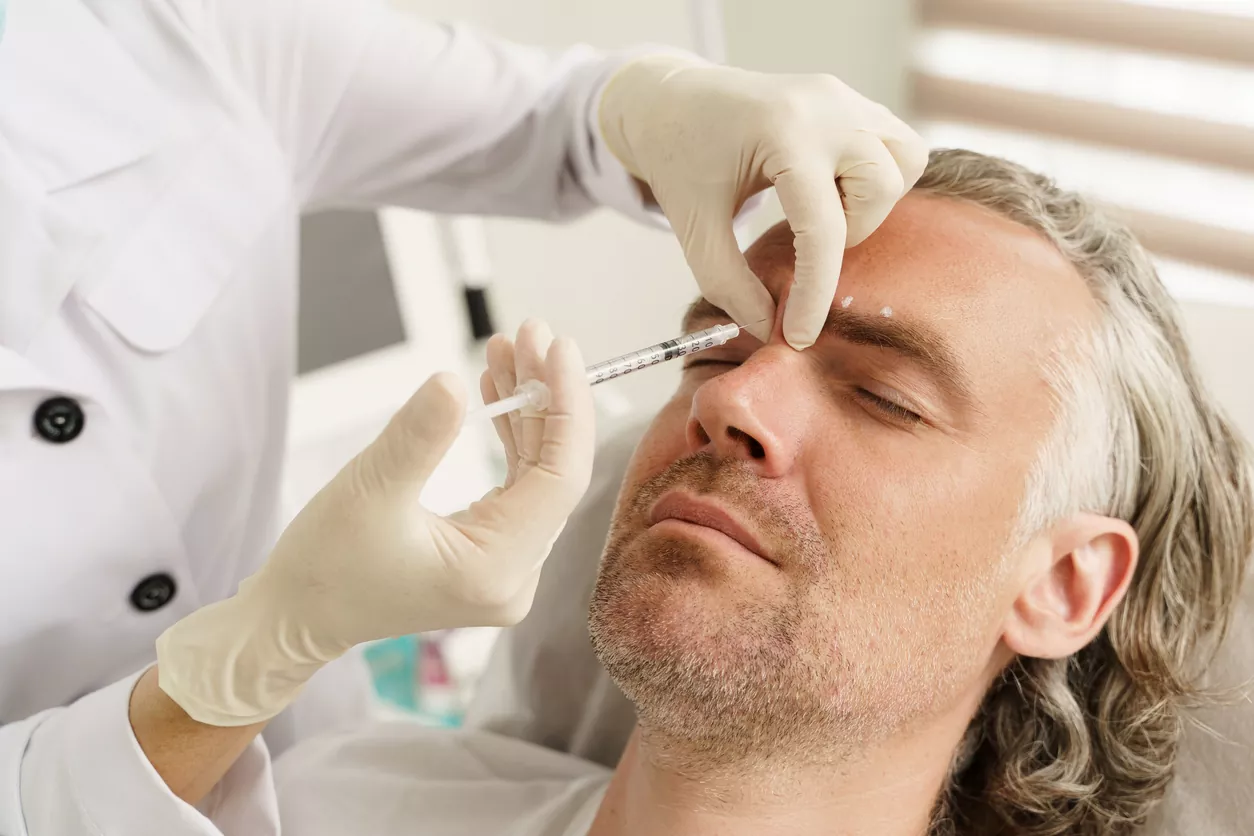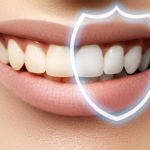
BiPAP is a small machine that helps individuals with COPD breathe more comfortably. A BiPAP machine is used to regulate a person’s breathing while sleeping or when their signs worsen. The condition makes it harder to take in air into the lungs. Their lungs are typically less flexible, making breathing difficult, and their lungs can become blocked with mucus.
Moreover, COPD symptoms frequently worsen at night, preventing a person from sleeping and increasing daytime exhaustion. Deep sleep is necessary for cellular tissue repair, so getting a great night’s sleep is critical.
This article delves into the efficacy of the BiPAP machine, its potential side effects, and how it relates to CPAP therapy. We also talk about other treatments that can help with symptoms.
What Exactly Are BiPAP Machines?
It is a form of PAP that is used to help people with COPD maintain a regular breathing pattern at night or during flare-ups. The machine compresses the air to a greater degree than the surrounding air, enabling the person to inhale and exhale. This allows them to breathe more smoothly while sleeping or when their symptoms flare up.
CPAP and BiPAP are two common non-invasive ventilation. Both require the user to breathe pressurised air via a mask connected to a small machine. People who sleep with a BiPAP machine may gain more and better sleep.
However, a BiPAP machine is not required for the majority of COPD patients, and it does not work for everybody. A doctor can advise someone on whether it is advantageous for them.
How Does it Work?
When you inhale air, your diaphragm moves downward. This reduces the tension in your lungs’ tubes and sacs and brings air into them. If you have a disorder like sleep apnea, you may not be able to draw in enough air at times (such as while sleeping).
In that scenario, your physician may advise you to use a BiPAP. It forces compressed air into your lungs. This expands them and allows you to get the oxygen you require, which can reduce your chances of having a heart attack.
BiPAP machines are roughly similar to the dimension of a lunchbox. A tube connects nasal face masks or nasal plugs to the machine. The air is blown through the tube by the device’s motor. The masks or plugs allow air into your body. Some BiPAP includes additional technology, such as a humidifier.
Using a BiPAP machine may feel strange at first. However, most individuals grow accustomed to it over time. If you have trouble breathing while wearing this machine, contact your physician right away. Changing the settings on your machine may also help.
How Efficient Is BiPAP in the Treatment of COPD?
A doctor can prescribe BiPAP machines for hospital or home use. Doctors believe that using BiPAP on a daily basis not only enhances sleep quality for individuals with serious COPD but can also broaden a person’s life. This may also reduce the number of hospitalisations among people with COPD.
BiPAP machines can also be utilised during an emergency. This can relieve some of the strain on a person’s upper respiratory system and heart during a flare-up of COPD signs, enabling them to breathe deeply.
According to a 2015 study, using BiPAP in urgent care reduces the necessity for invasive treatments, enhances outcomes, and cuts down hospital stays.
Potential Side Effects of a BiPAP Machine?
BiPAP is thought to be extremely safe. Most BiPAP issues entail the facemask, whether it fits too firmly or too sparsely and allows pressurised air to flow from the mask.
The following side effects have been reported by some patients:
- Sinus discomfort
- Eye irritation
- Mild abdominal bloating
- Dry mouth
The Distinctions Between BiPAP and CPAP Machine
Another type of tiny, pressurised breathing device is the CPAP machine. However, BiPAP is typically the preferred choice for COPD patients. The main distinction is that, whereas CPAP only helps people inhale by using one type of pressure, BiPAP helps people exhale and inhale by using two distinct pressures. This implies that BiPAP machines make it easier to exhale.
CPAP operates by keeping the airways open whether the patient is breathing in or out. This pressure prevents the upper airways from collapsing, making breathing easier and preventing oxygen levels from dropping while the person is sleeping.
Both CPAP and BiPAP machines can be utilised to treat heart issues, a potential complication. This therapy reduces the amount of blood restored to the heart, putting it under less strain.
Conclusion
COPD is a chronic problem that can significantly affect a person’s life. Even so, with the proper lifestyle and treatment changes, a person’s signs can often be managed, and they can gain knowledge to live with their condition.
Consuming a healthy diet, engaging in light exercise, and adhering to a tailored treatment plan can help manage their COPD. Incorporating a BiPAP machine can also be extremely beneficial.




